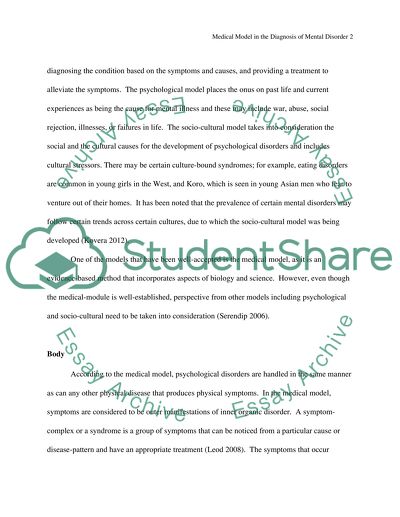Cite this document
(“Medical Model in the Diagnosis of Mental Disorder Essay”, n.d.)
Retrieved from https://studentshare.org/psychology/1450840-critically-discuss-the-medical-model-in-the
Retrieved from https://studentshare.org/psychology/1450840-critically-discuss-the-medical-model-in-the
(Medical Model in the Diagnosis of Mental Disorder Essay)
https://studentshare.org/psychology/1450840-critically-discuss-the-medical-model-in-the.
https://studentshare.org/psychology/1450840-critically-discuss-the-medical-model-in-the.
“Medical Model in the Diagnosis of Mental Disorder Essay”, n.d. https://studentshare.org/psychology/1450840-critically-discuss-the-medical-model-in-the.


